Best WT321 hood with automatic make-up air
cindylood
13 years ago
Related Stories

HEALTHY HOMEA Guide to Indoor Air Purifiers
Get the lowdown on air filtration systems for your house and the important ratings to look out for
Full Story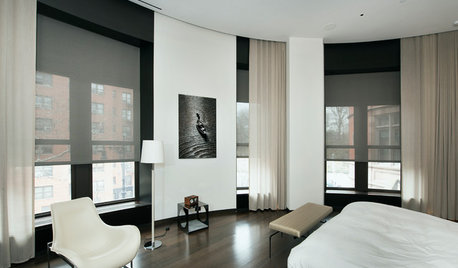
WINDOW TREATMENTSThe Art of the Window: Power Up With Motorized Treatments
We look at 11 spots in your home where automatic shades, screens, curtains and more make sense
Full Story
KITCHEN DESIGNHow to Choose the Right Hood Fan for Your Kitchen
Keep your kitchen clean and your home's air fresh by understanding all the options for ventilating via a hood fan
Full Story
LIFE6 Ways to Cool Off Without Air Conditioning
These methods can reduce temperatures in the home and save on energy bills
Full Story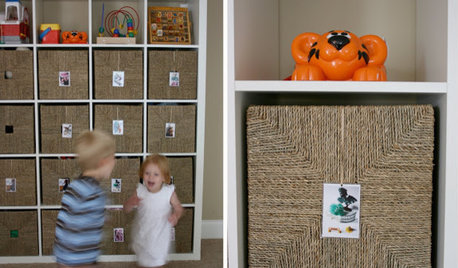
LIFERelocating? Here’s How to Make Moving In a Breeze
Moving guide, Part 2: Helpful tips for unpacking, organizing and setting up your new home
Full Story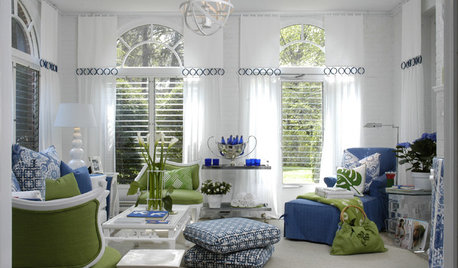
DECORATING GUIDES12 Ways to Cool Your Home Without Air Conditioning
If your summer energy bill is leaving you hot under the collar, consider these savvy alternate strategies for cooling down
Full Story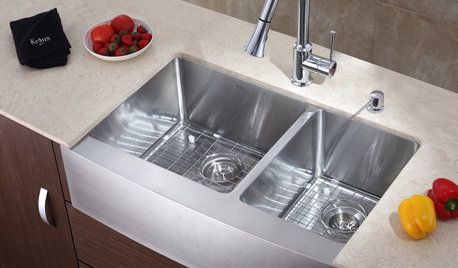
MOST POPULAR8 Little Remodeling Touches That Make a Big Difference
Make your life easier while making your home nicer, with these design details you'll really appreciate
Full Story
MOST POPULAR5 Ways to Hide That Big Air Conditioner in Your Yard
Don’t sweat that boxy A/C unit. Here’s how to place it out of sight and out of mind
Full Story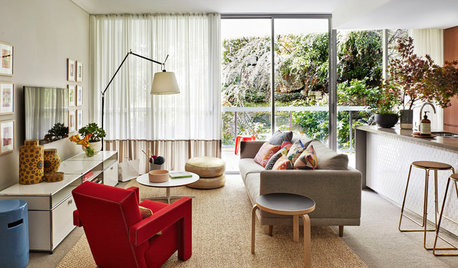
SMALL SPACES10 Ways to Make Your Place Feel More Spacious
Is your living room on the small or narrow side? Use these design tricks to open it up
Full Story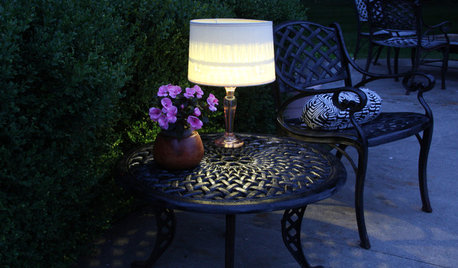
DIY PROJECTSLight Up Your Night With an Easy Outdoor Table Lamp
Hit up Goodwill and the hardware store to make this lamp for a deck or poolside patio in minutes
Full Story








kaseki
weissman
Related Professionals
Albany Kitchen & Bathroom Designers · Fresno Kitchen & Bathroom Designers · Knoxville Kitchen & Bathroom Designers · Verona Kitchen & Bathroom Designers · Wentzville Kitchen & Bathroom Designers · Williamstown Kitchen & Bathroom Designers · South Barrington Kitchen & Bathroom Designers · South Farmingdale Kitchen & Bathroom Designers · Spanish Springs Kitchen & Bathroom Remodelers · Sun Valley Kitchen & Bathroom Remodelers · Turlock Kitchen & Bathroom Remodelers · Princeton Kitchen & Bathroom Remodelers · Newcastle Cabinets & Cabinetry · Prospect Heights Cabinets & Cabinetry · Richardson Cabinets & CabinetrycindyloodOriginal Author
ra_ca
ribs1
ra_ca
ra_ca
geo91324
kaseki
JeffVreeland